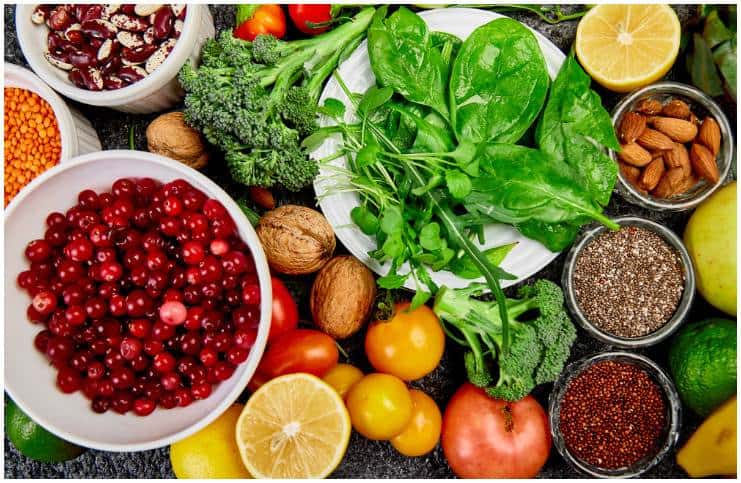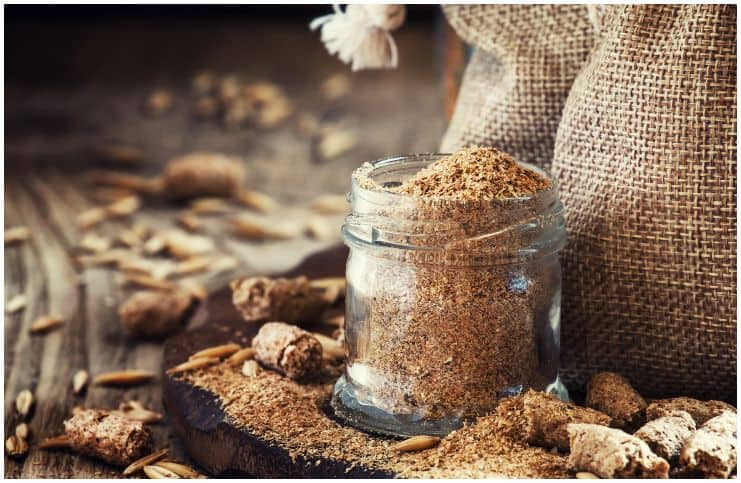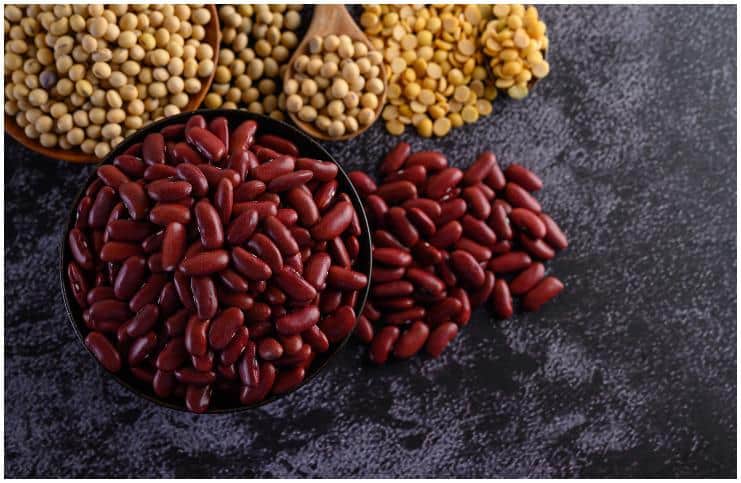Phytic Acid Foods List – A Natural Component In Plant Food:
Phytic acid (or phytate when in salt form) is the main storage form of phosphorus in many plant tissues. As a food additive, phytic acid is used as the preservative E391.
This naturally occurring compound has a “chelating” capacity, which is considered by some to be a detriment to one’s health. On the other hand, many researchers embrace this ability to bind with minerals as its most powerful asset.
For instance, Sara Shannon, in her book – ”Diet for the Atomic Age” lists 11 key nutrients in particular that protect against radiation damage and heavy metal toxicity. Phytates bind with toxic and radioactive substances and carry them out of the body.
Health benefits of phytic acid
First, phytates are not absorbed by the body (because our bodies don’t produce the enzyme to break it down), but they do function within the body.
Second, some research suggests that phytate has the function to reduce bad cholesterol (LDL) and triacylglycerols, and lower blood glucose, and it also appears to have important anti-inflammatory properties and plays an important role in pancreatic function and insulin secretion.
Moreover, PA may also be an effective anti-cancer agent with the tendency to focus only on the cancerous cells and ignore the healthy ones.
In addition, PA appears to have important antioxidant properties in certain circumstances when cells and tissue need protection from oxidation.
Being an antioxidant means it plays a huge role in protecting the body from not only daily stressors, but ones that have damaging effects over time, such as cancer (as a matter of fact, PA is used in diet treatments for rectal and colon cancers), and it might reduce the side effects of chemotherapy.
According to Dr. John McDougall:
”Phytic acid actually has many beneficial health effects – you won’t want it out of your diet. It acts as a powerful antioxidant and has been shown to reduce insulin, blood sugar, cholesterol, and triglycerides. PA is associated with a reduction in diabetes, obesity, heart disease, and other chronic diseases in people.”
Phytates and mineral absorption
Phytates bind to the iron in your intestines. Since we never absorb more than approximately 20% of the iron found in plants (even when those plants contain no PA whatsoever), we would always be getting relatively small amounts of bioavailable iron from any single food within a plant-based diet.
The presence of vitamin C in a food or meal with PA has been documented to improve the absorption of minerals like iron, particularly if the iron is from a plant-based source.
It’s crucial to note that PA does not leach minerals that are already stored in the body, but only inhibits the absorption of minerals from food in which PA is present.
How to reduce the phytate content of foods?
Sprouting
When beans and grains are sprouted, there is some loss in protein, but vitamin C increases by 500% and vitamin A by 300%.
Also, sprouted grain has more protein and fewer starches compared to non-sprouted grain, and has a lower glycemic index value.
Soaking
It is a traditional practice that can positively impact the nutritional qualities of beans, grains, legumes, seeds, and nuts for those who consume them.
Soaking can also make grains easier to digest, as it neutralizes enzyme inhibitors that prevent the grain (seed) from germinating under poor growing conditions.
Souring
It is another option to reduce PA. Sourdough fermentation is by far the preferred method for reducing PA in bread products.
Cooking (oil free)
Simply cooking the food will reduce the PA to some degree.
Top phytic acid foods list
#1 Whole Grains
Wheat and rye contain high levels of phytase, but this is destroyed by the heat of industrial grinding, and also lessens over time. Also, phytates in wheat are greatly reduced during sourdough preparation.
#2 Nuts
Nuts have the same amount of PA or higher than grains. In fact, nuts decrease iron absorption even more than wheat bread. Soaking for 7+ hours likely eliminates some phytate.
#3 Beans
Raw unfermented cocoa beans and normal cocoa powder are extremely high in PA.
The best way of reducing PA in beans is sprouting, followed by cooking. Boiling beans that haven’t been soaked may remove much less PA.
#4 Seeds
Seeds, such as pumpkin seeds, are extremely high in PA and require thorough processing to remove it.
Conclusion
Removing foods with phytic acid from your diet is a bad idea because most of them are health-promoting and very nutritious. Eating a diet with a wide variety of whole plant foods would supply adequate minerals, even considering the slight decrease in minerals due to PA.
READ THIS NEXT:
L-Theanine – Side Effects & Health Benefits
High and Low Histamine Foods List
References http://nutritionfacts.org/video/phytates-for-rehabilitating-cancer-cells/ http://www.ncbi.nlm.nih.gov/pubmed/2507689 http://www.sciencedirect.com/science/article/pii/S0308814608002513 http://ajcn.nutrition.org/content/47/2/270.full.pdf http://www.ncbi.nlm.nih.gov/pubmed/8777015


